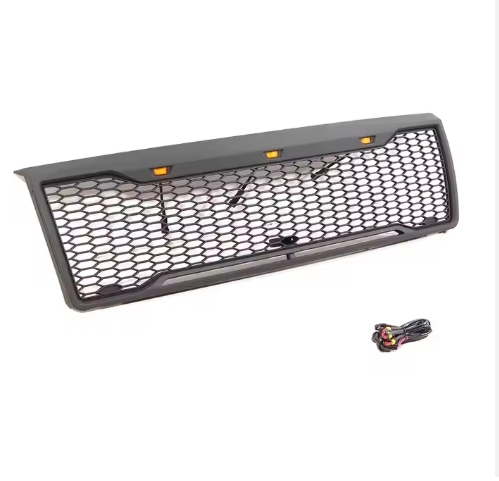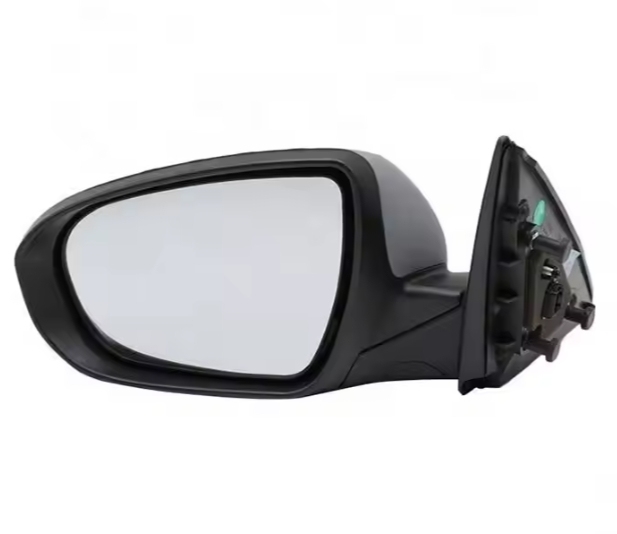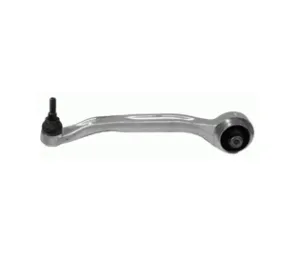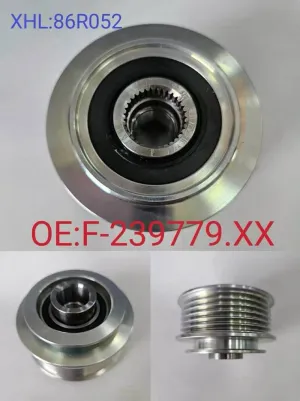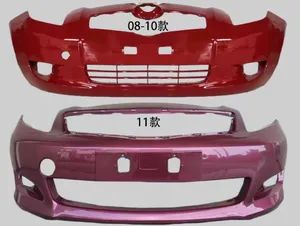My Car Collection-Starting and Stopping
I often see my wife still using the manual gear method taught in the driving school to start and turn off the driving armor. I often say it but she still can’t remember it, so I have this personal experience talk.
What you need to do before getting on the bus is to do a visual inspection of the body to see if there are any scratches or other abnormalities. It would be unfair to check the clarity of the license plate if you were stopped by JCSS for this.
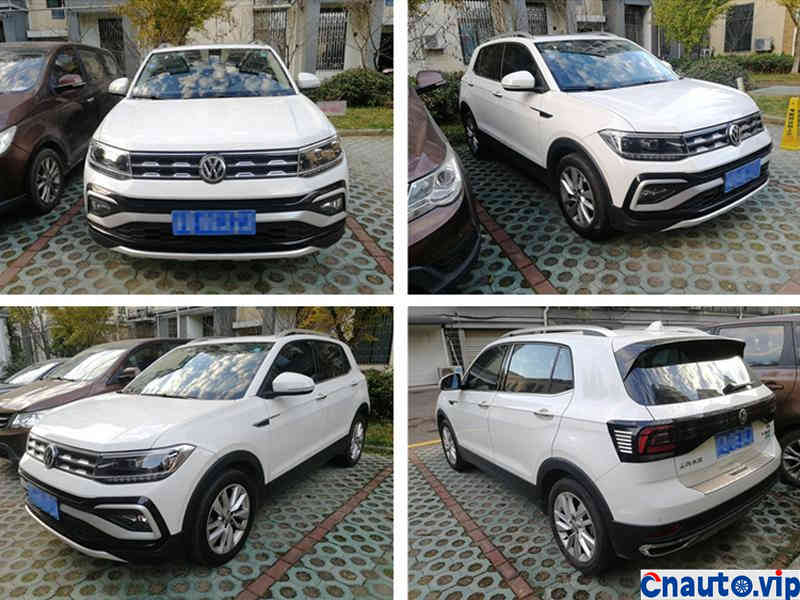
Then we check the wheels to see if the tires and hubs are normal. If anything is abnormal, we must deal with it as soon as possible. After all, it is related to driving safety.
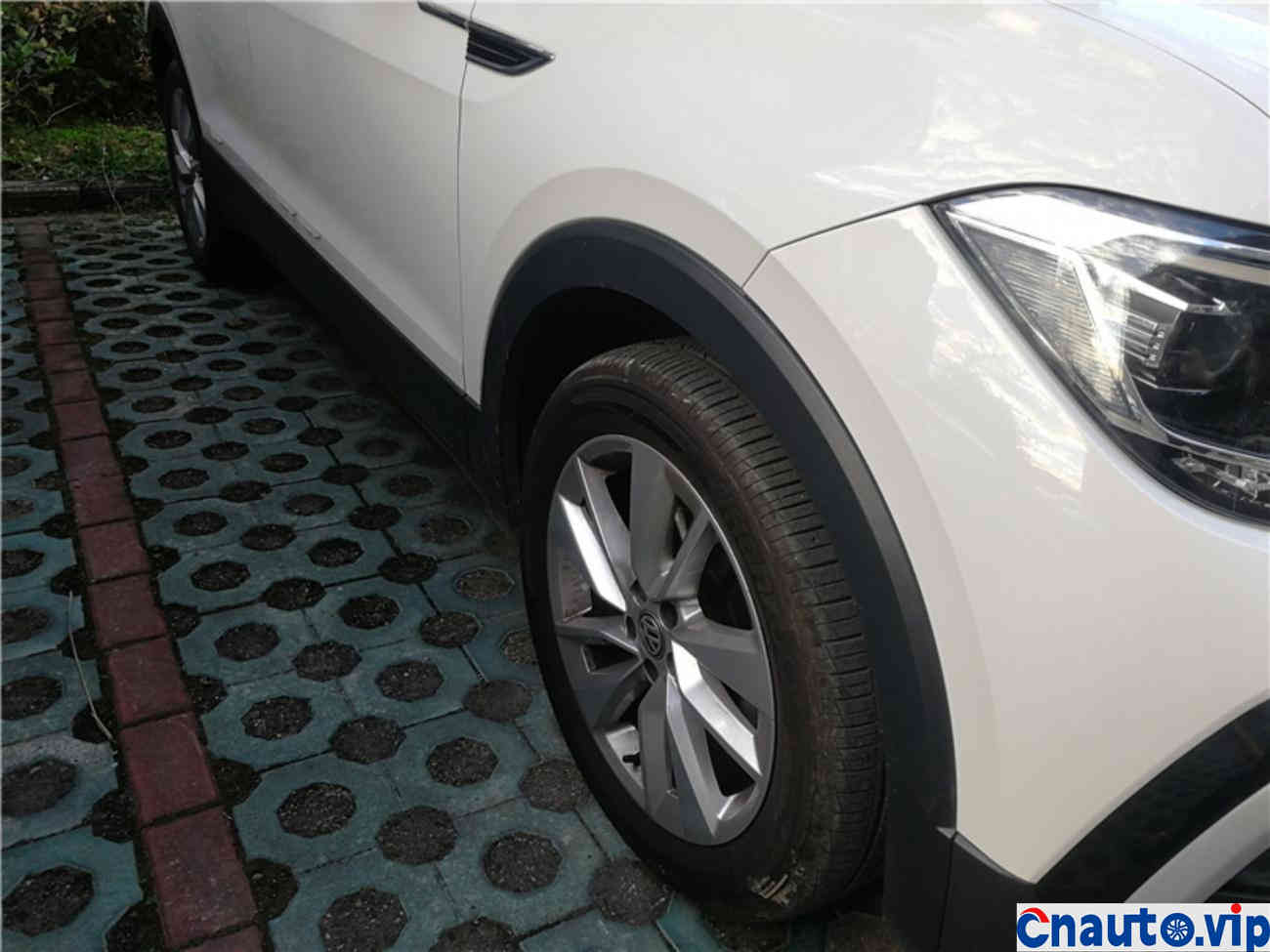
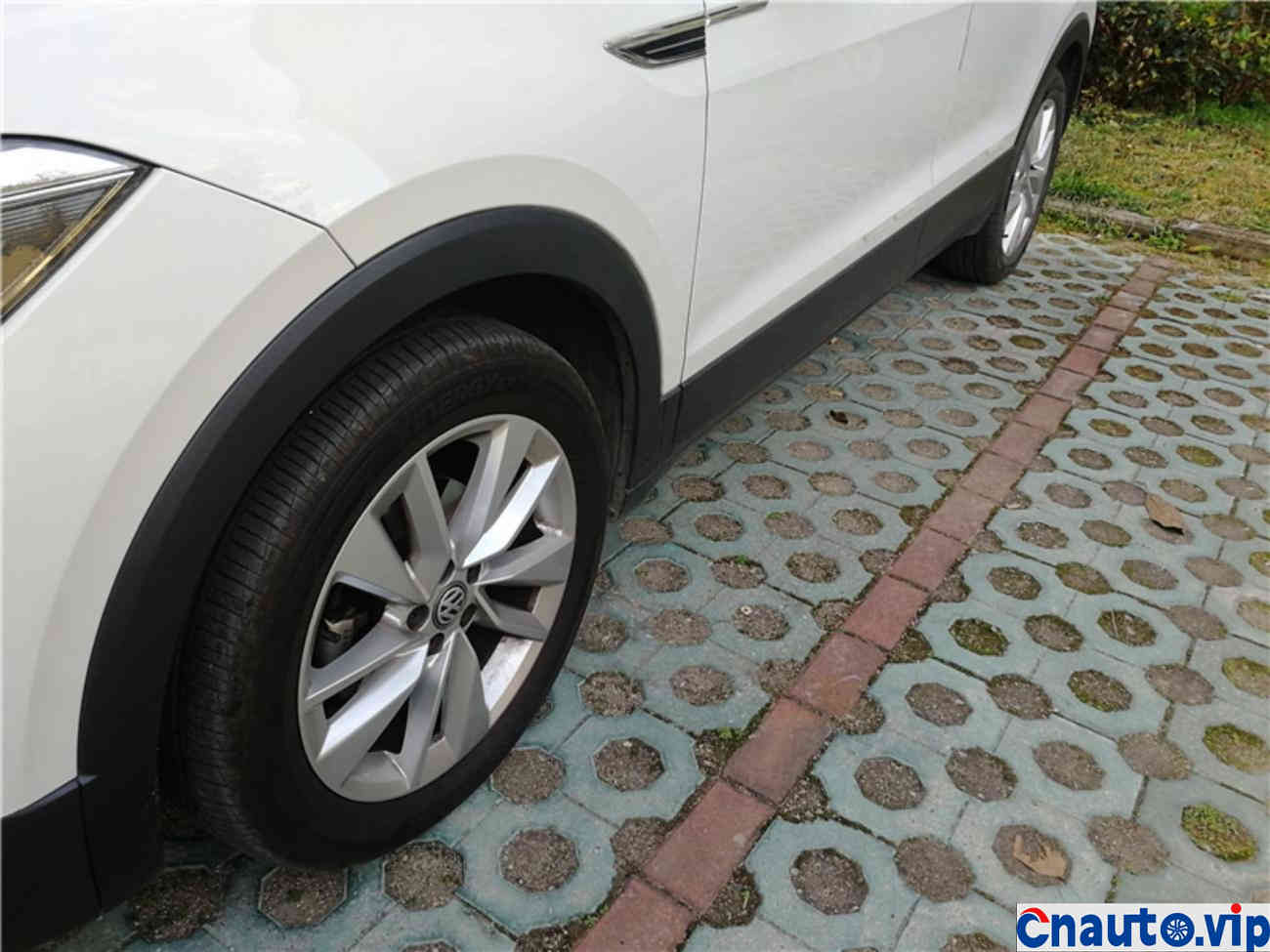
A car like mine is driven by two people in turns, so the first thing you have to do after getting on the bus is to adjust the seat to the position that suits you best. If you step on the accelerator and brake travel, there will be no accidents. This can be solved by using positioning stickers.
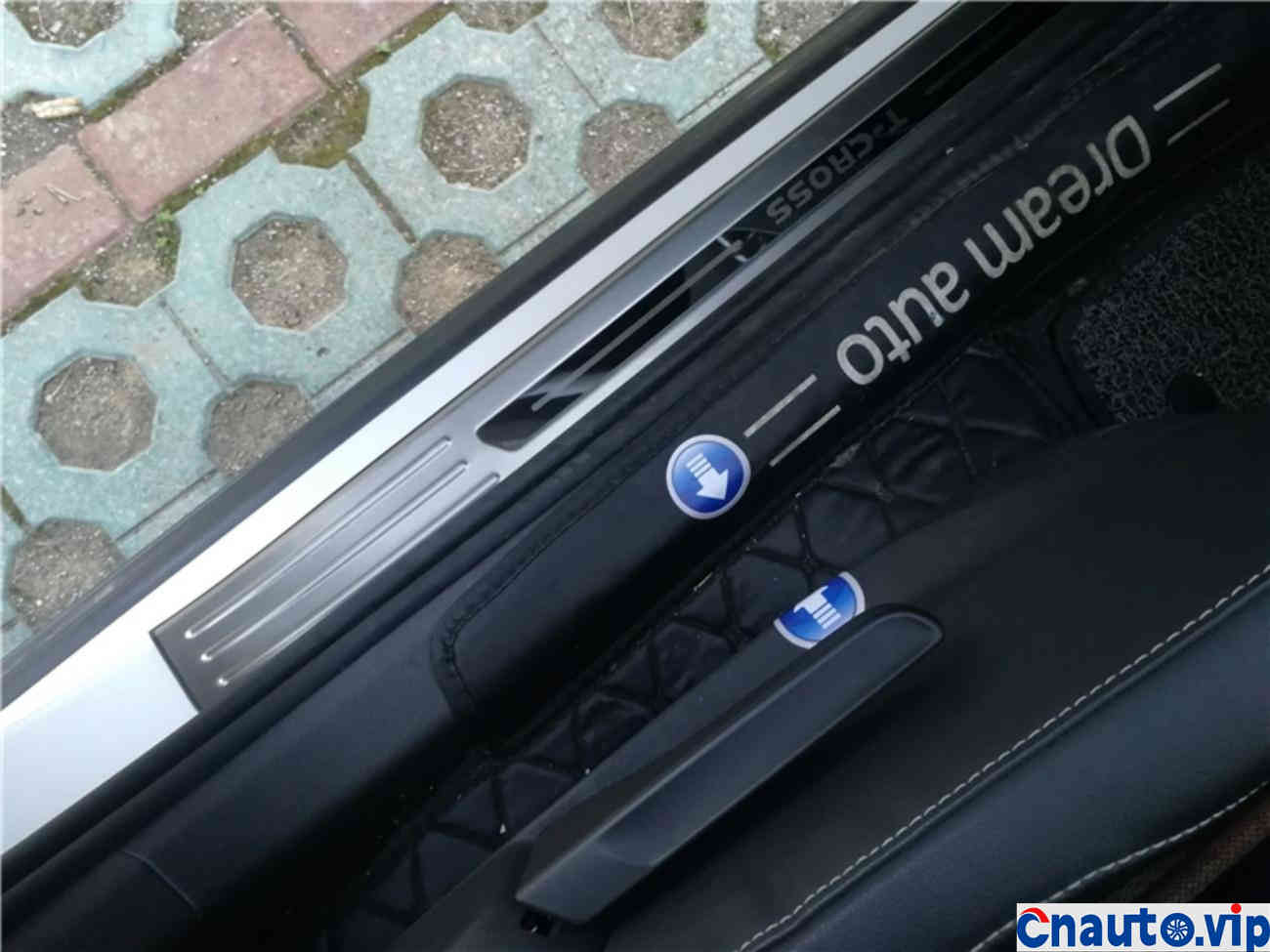
Next, insert the key into the keyhole, then turn the key to ACC to power the vehicle on for self-test. The advantage of this operation is that if there is a fault code, you can know it as soon as possible, and the fault will not expand because the vehicle has not yet started.
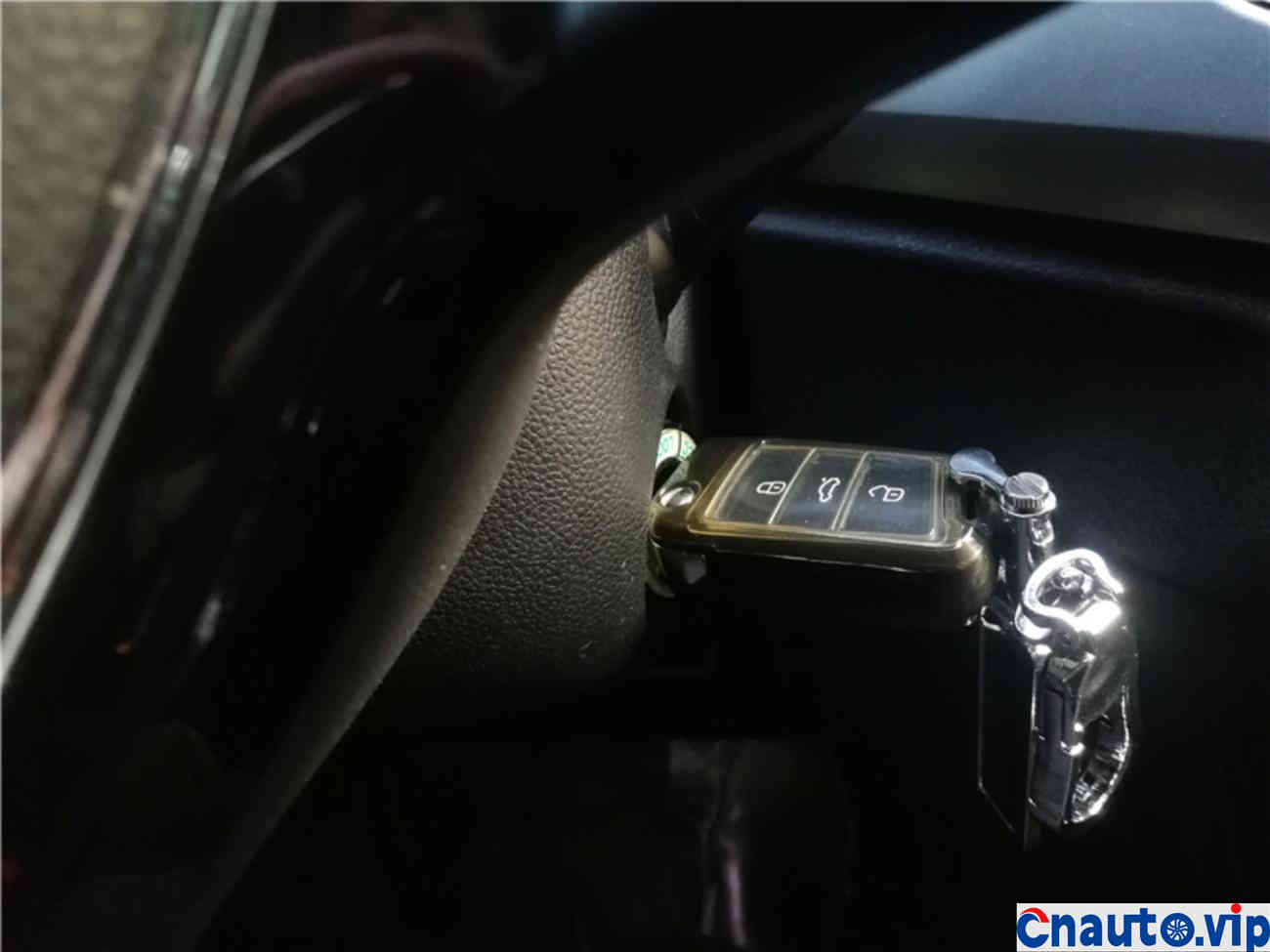

Then step on the brake with your foot, switch the gear from parking gear P to neutral N, fasten the seat belt, and finally turn the key to the START gear position to ignite and start. The advantage of switching to neutral N and then igniting is that no matter whether you plan to move forward or backward after ignition, the gear impact can be reduced. If you ignite directly from parking gear P, you will also have to go through the impact of reverse gear R, which will affect the gearbox. There is also a certain amount of damage.
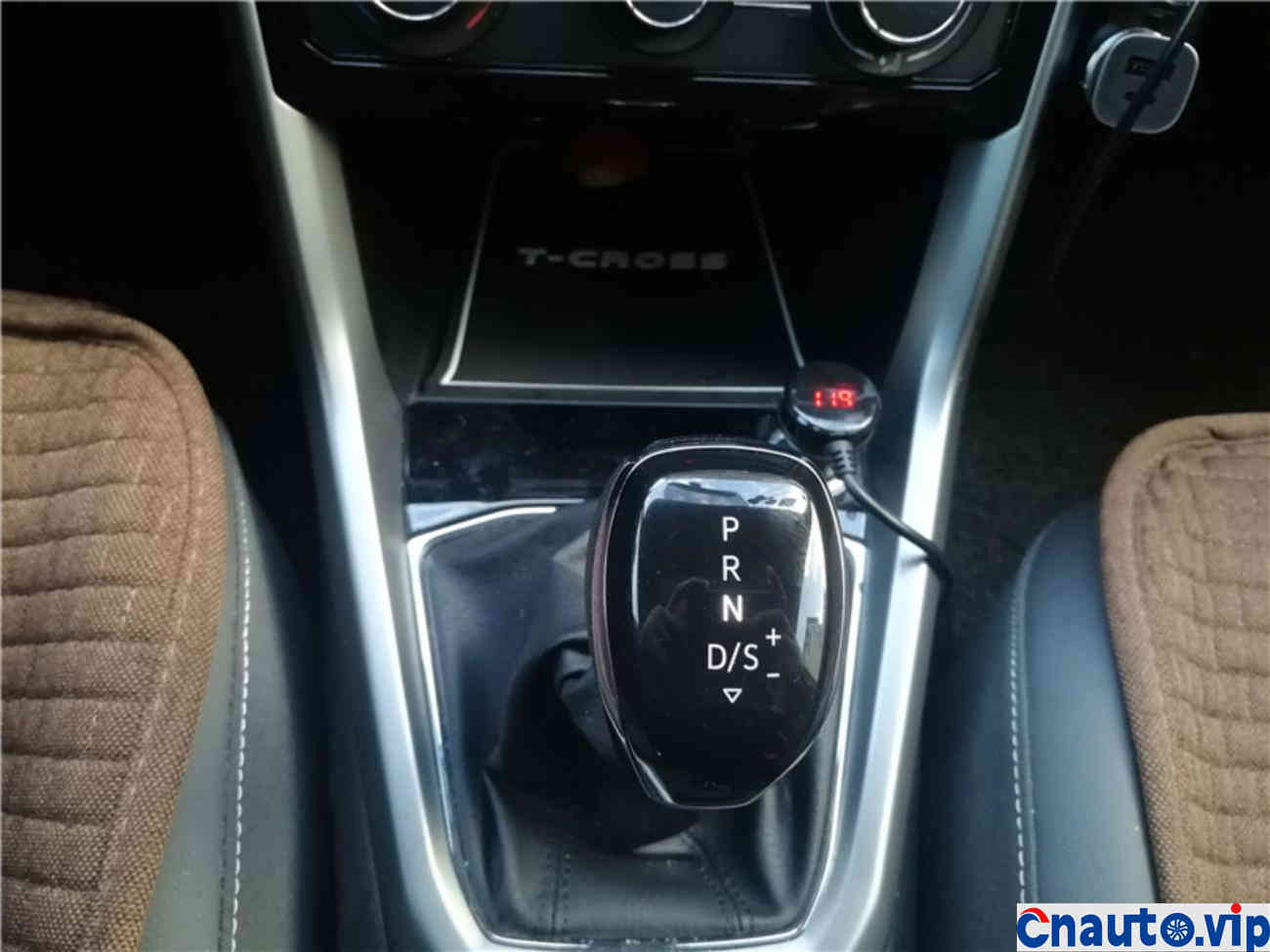

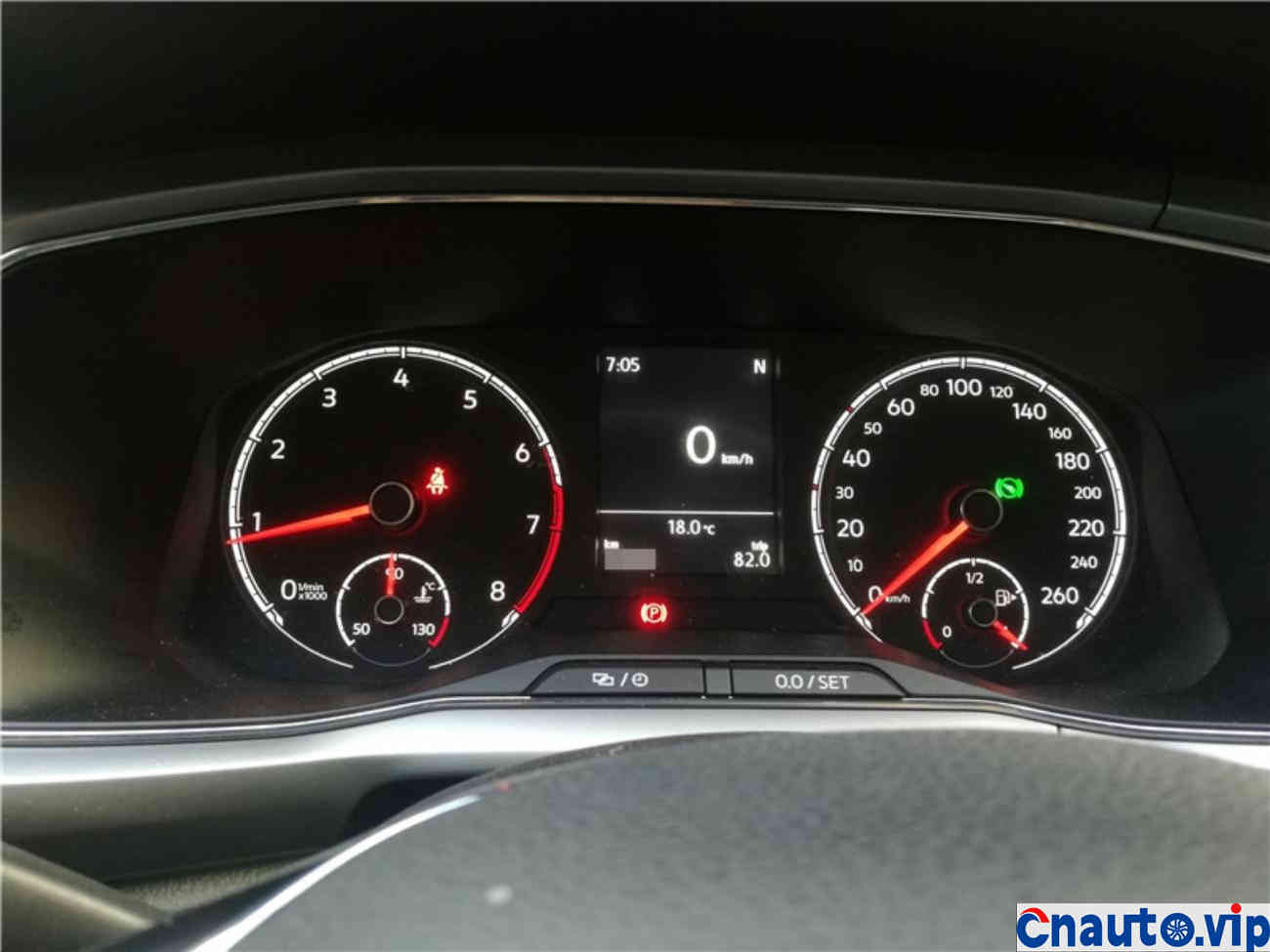
After starting, it is not recommended to put on the accelerator immediately and leave. Instead, it depends on the weather and water temperature. If the weather is cold, idle in place for about 30 seconds to allow the oil to flow to fully lubricate the components in the engine, which is very good for the engine. Once the car is warmed up, you can step on the brake, put down the handbrake, switch to driving gear D, and start a happy driving journey.
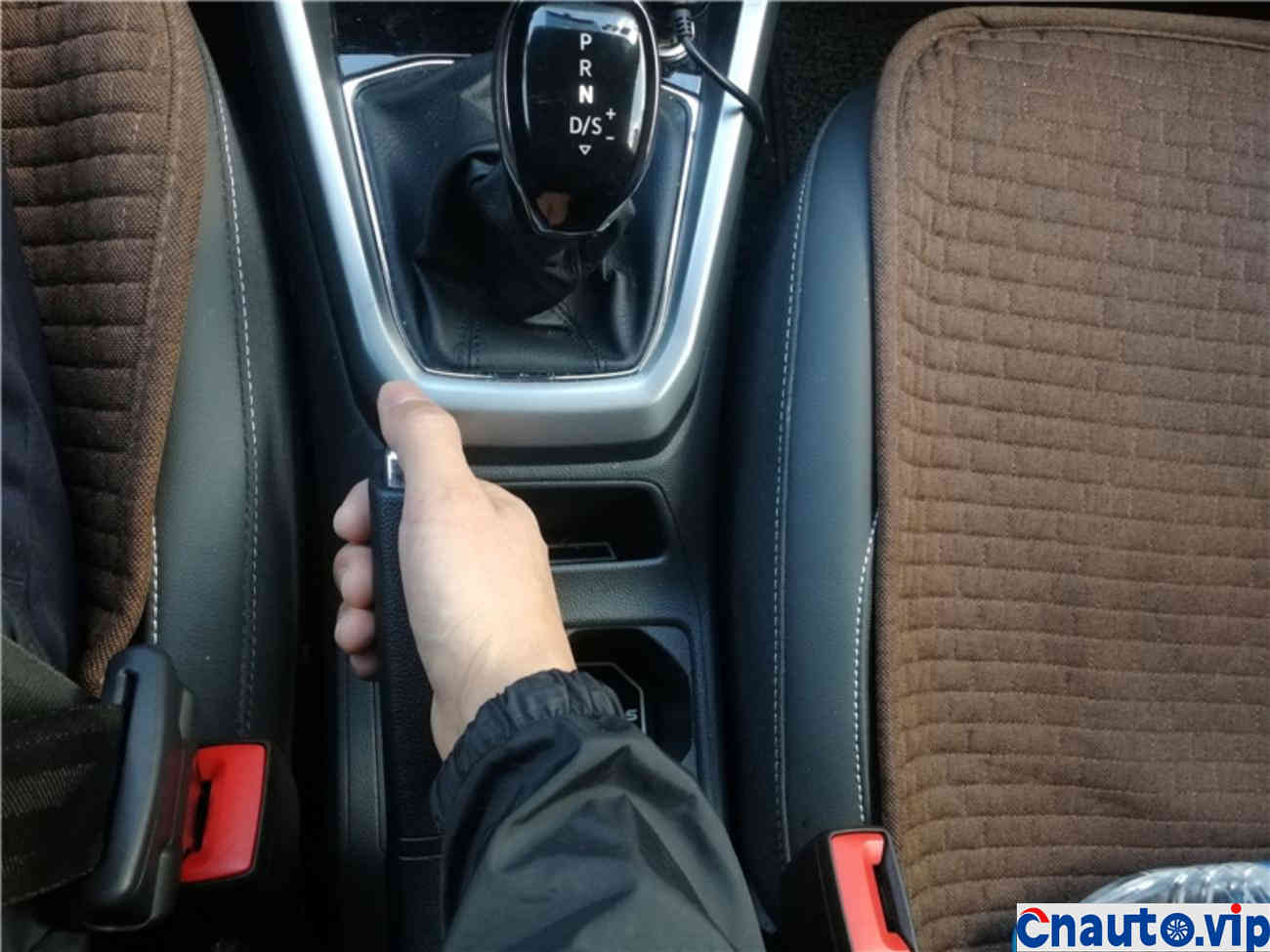

After arriving at the destination, many people just stepped on the brake to death, then pushed the gear directly to parking gear P, pulled out the key and closed the door and got off the car. The action was elegant, but this operation was very harmful to the car. The correct way is to gently step on the brake until the vehicle stops steadily, then switch the gear to neutral N, then pull the hand brake, and finally turn the key to return to LOCK gear to turn off the fire. At this time, the key cannot be pulled out.
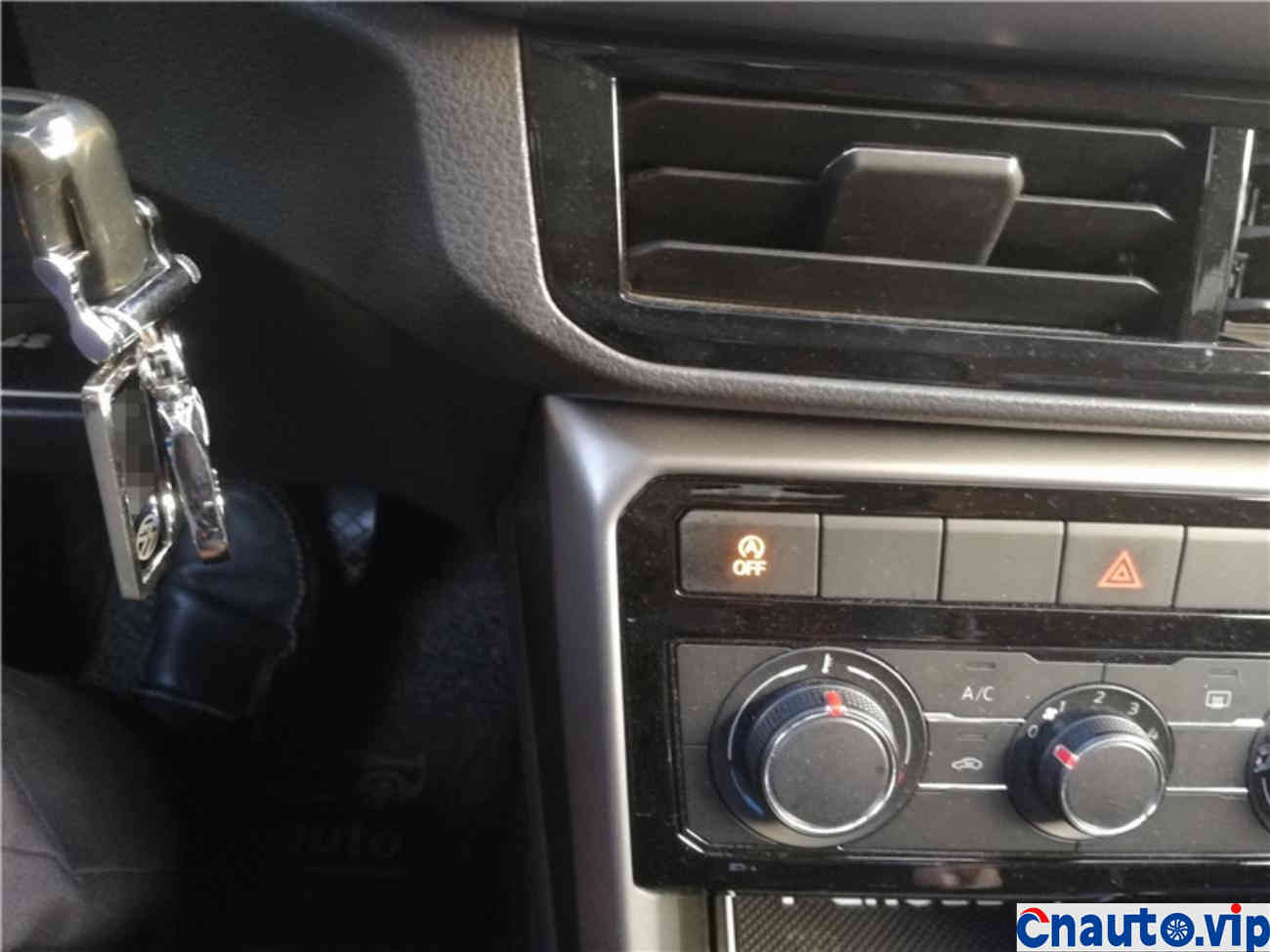
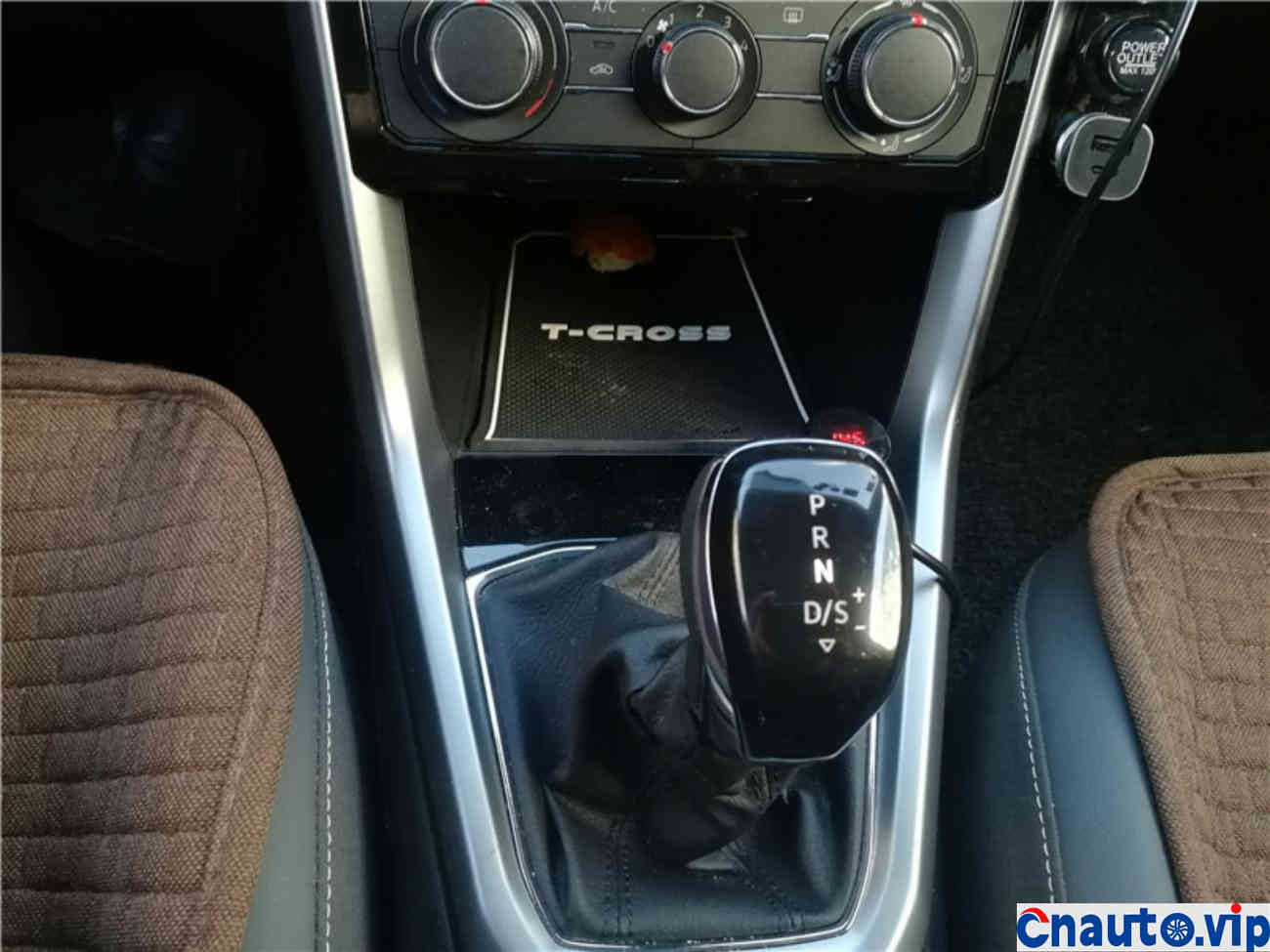

Then release the foot brake, step on it gently, and finally push the gear into parking gear P. This operation is to prevent the car from being stopped on a slope and relying on the handbrake to brake the car, rather than transferring all the pressure to the gearbox, but still protecting the gearbox.
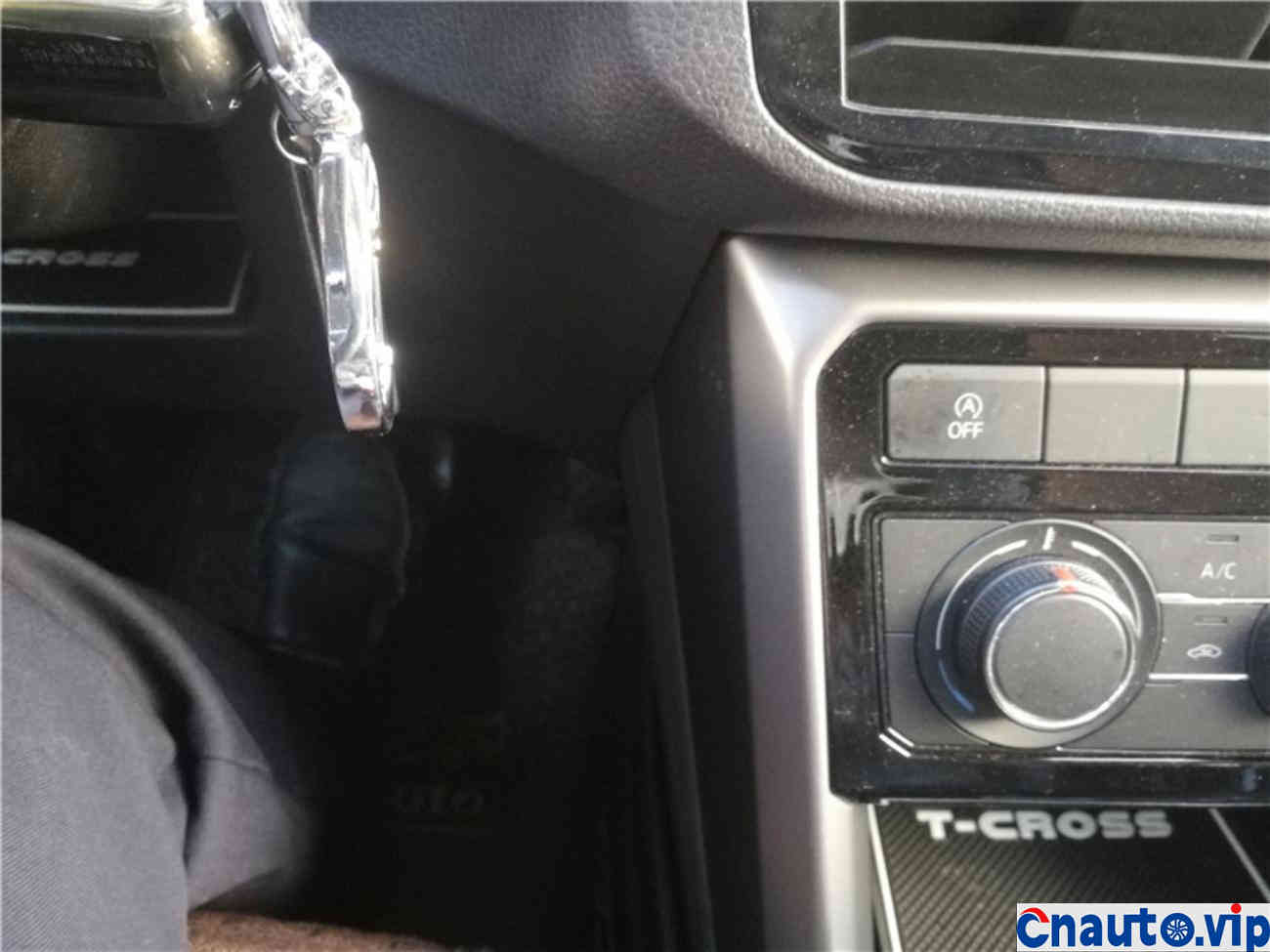
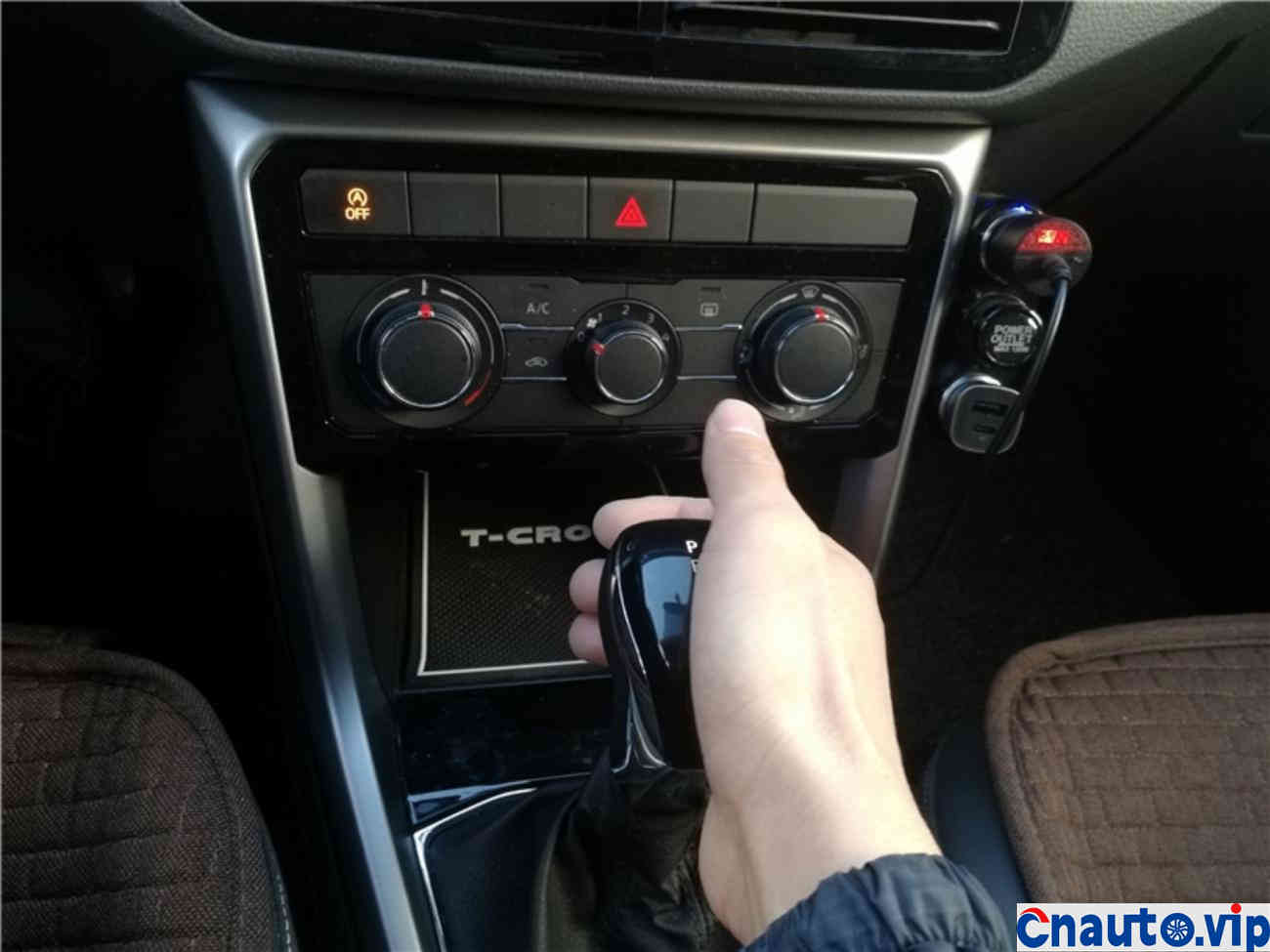
After completing the above operations, you can loosen your seat belt and remove the key. At this time, there is one last safety step that must not be forgotten. Before opening the door, remember to carefully observe the rearview mirror, and then use the “Dutch-style door opening method” to open the door. Simply put, open the door with your right hand. At this time, you will be forced to turn left, which will allow you to more clearly observe the situation outside the car to prevent accidents.
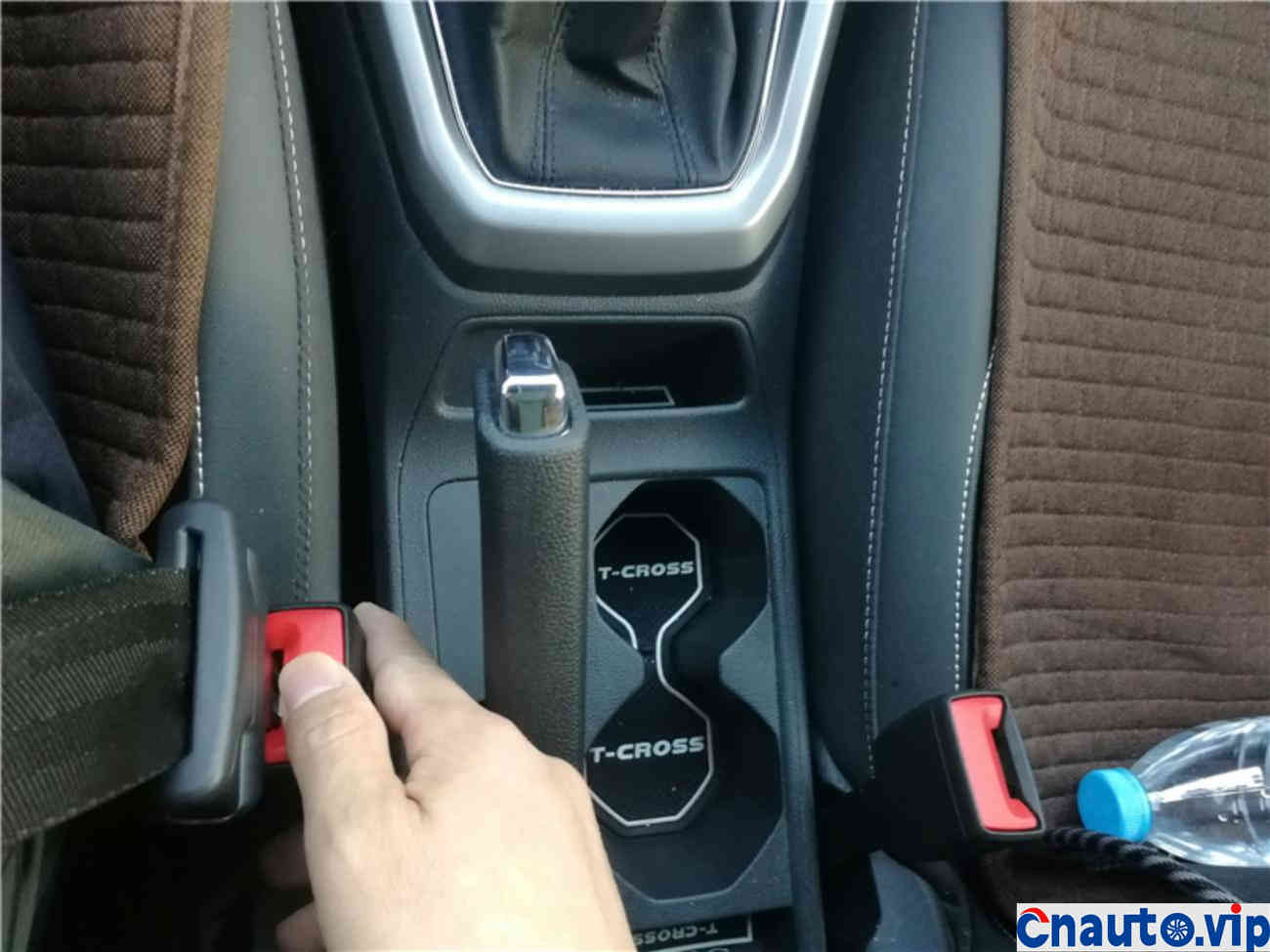
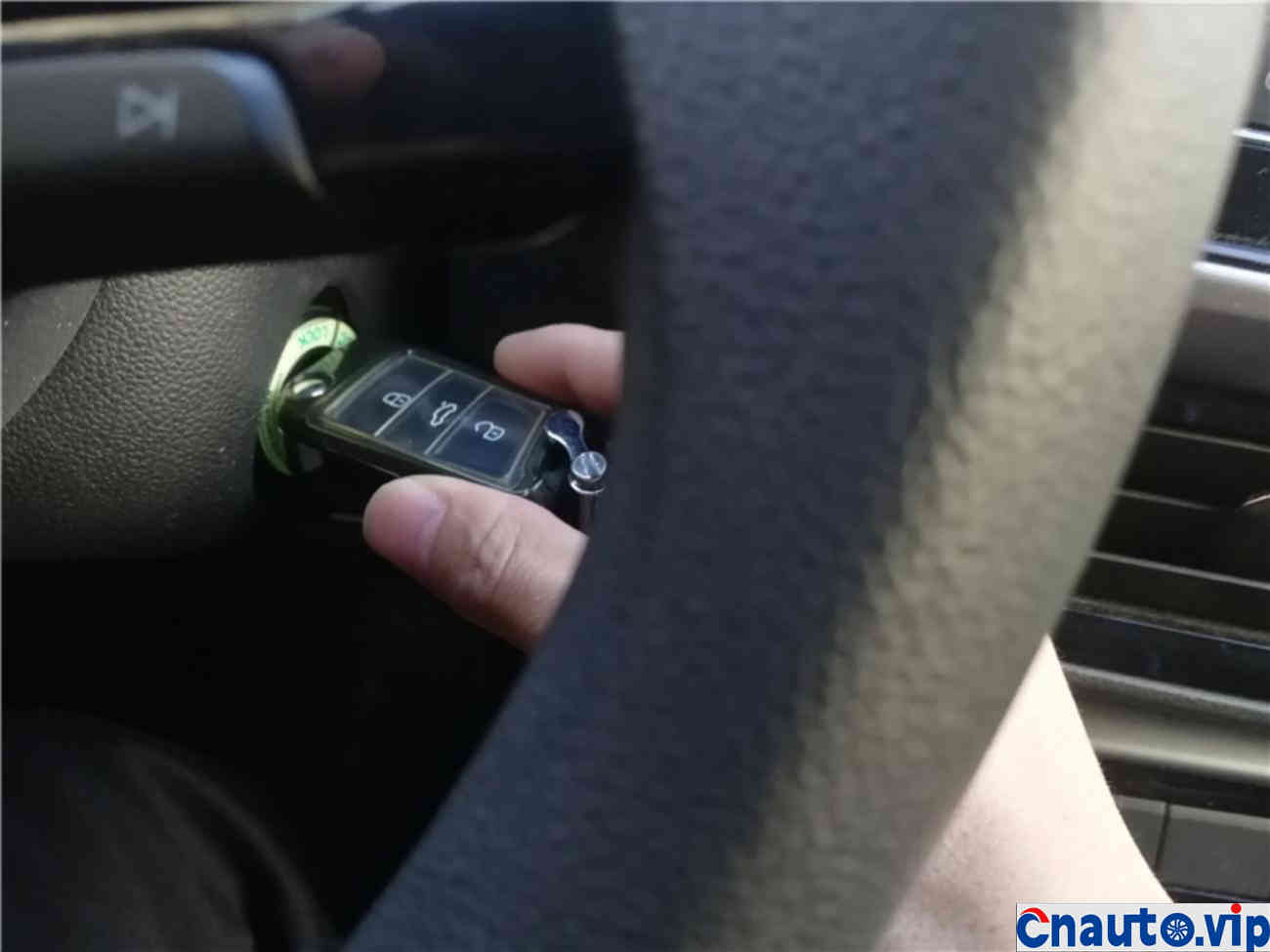

By doing the above points well, it is really cool to lock the car and leave. This is what people who love cars should do!
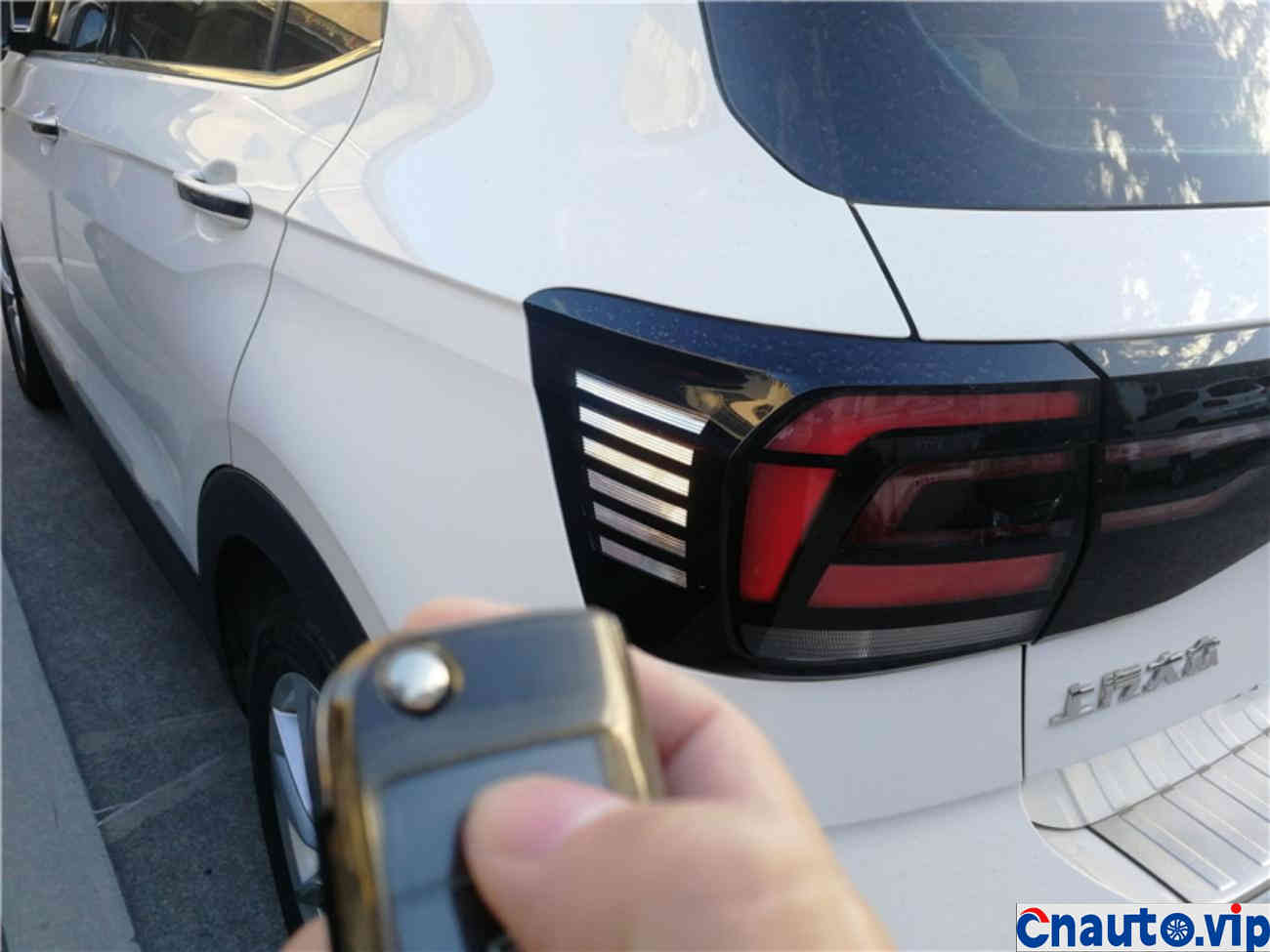
Hot Information
Tesla Autopilot and similar automated driving systems get ‘poor’ rating from prominent safety group
 April 1, 2024
April 1, 2024 Localization of EV parts without production scalability may not help cut EV price, says President, Amara Raja
 March 27, 2024
March 27, 2024 
JCTSL may turn bus stands into charging points for e-buses
 March 27, 2024
March 27, 2024 You May Like

